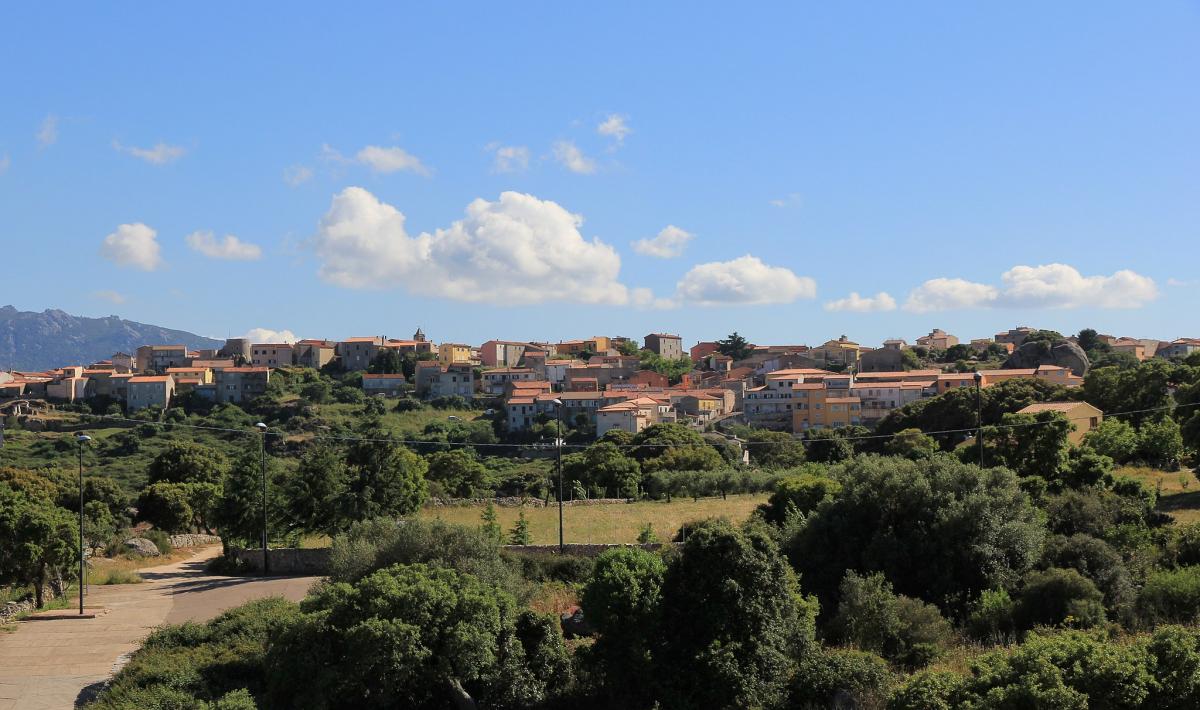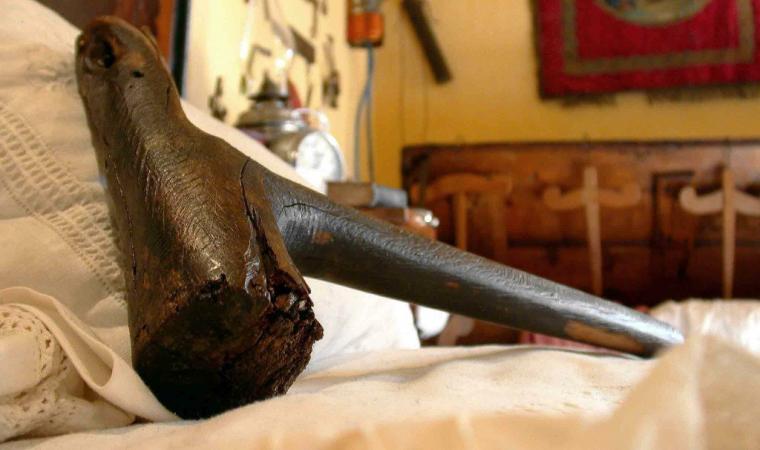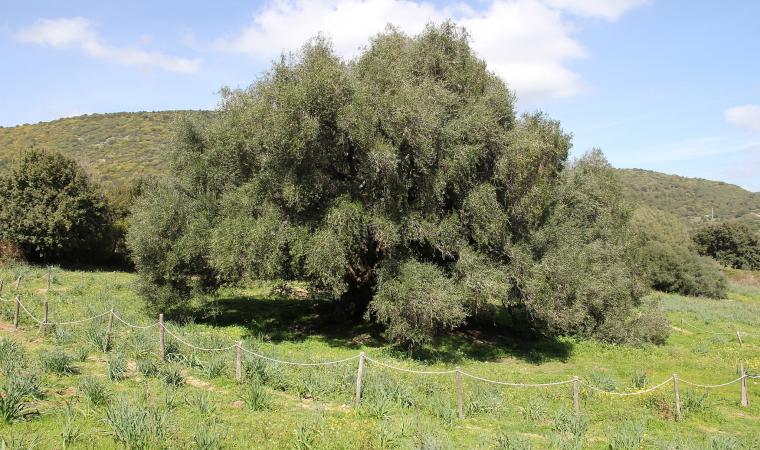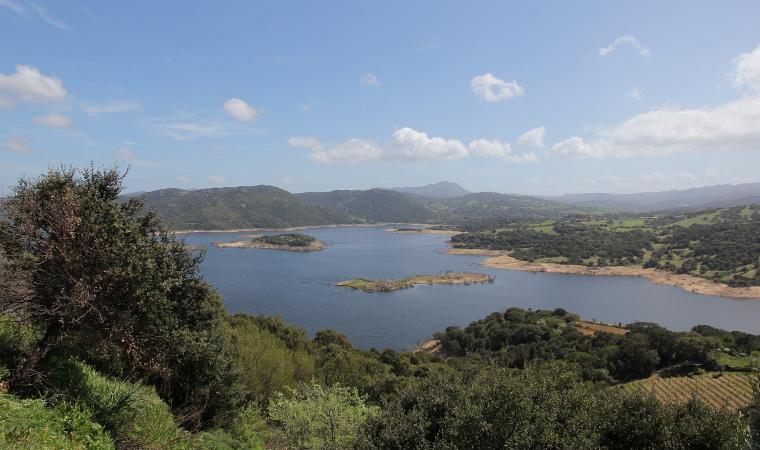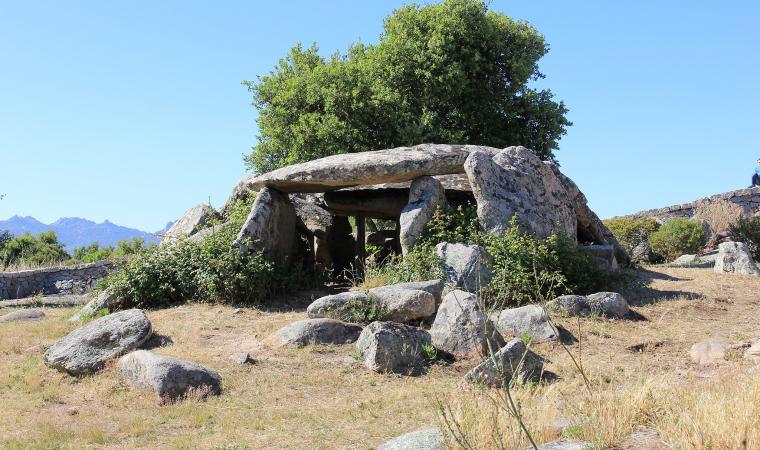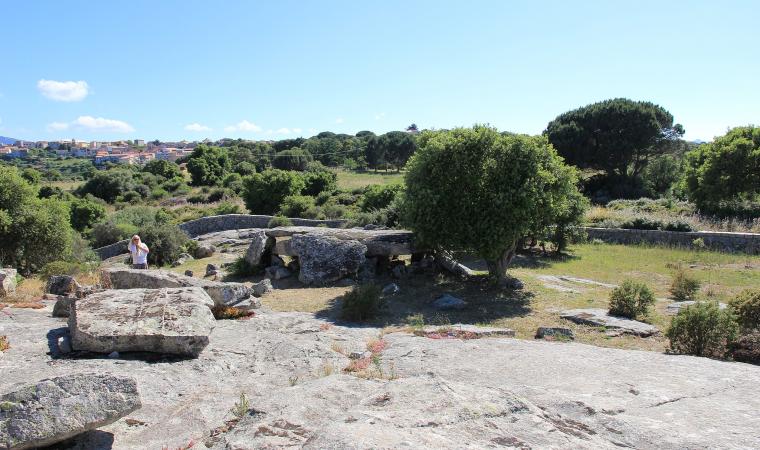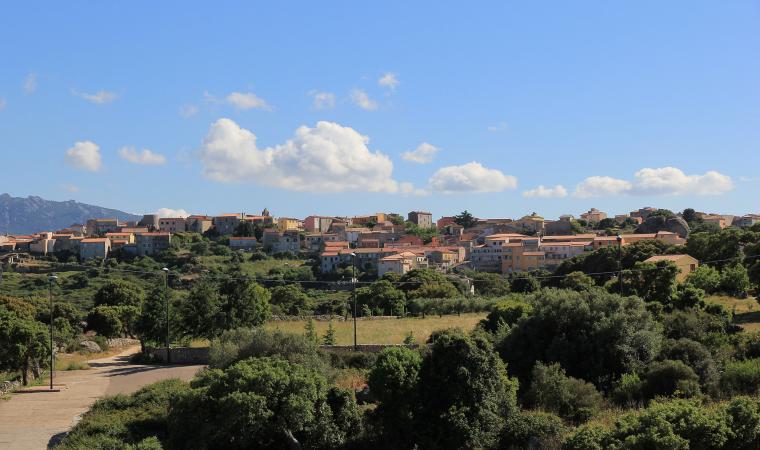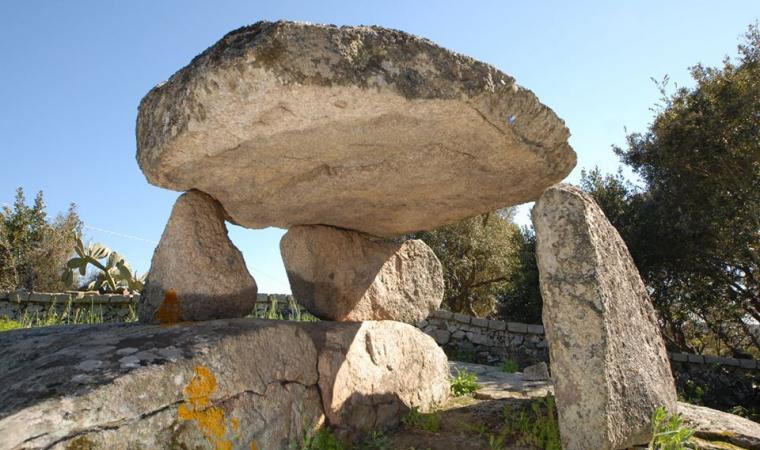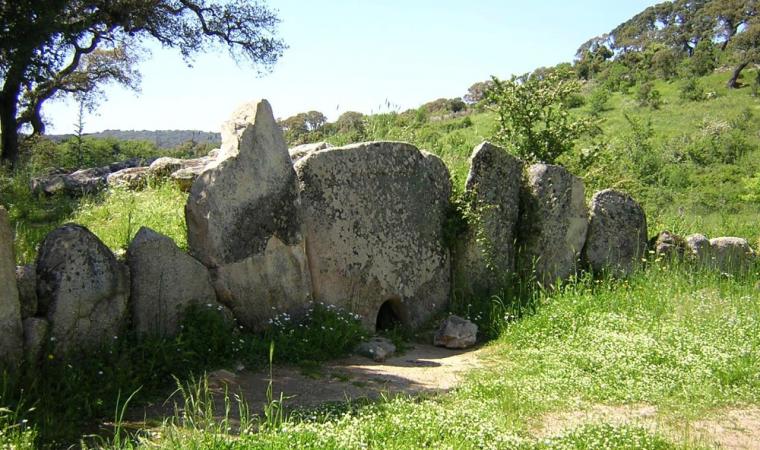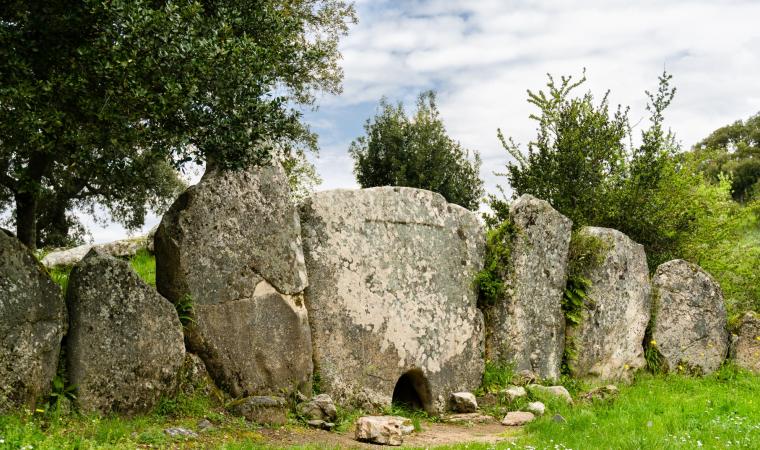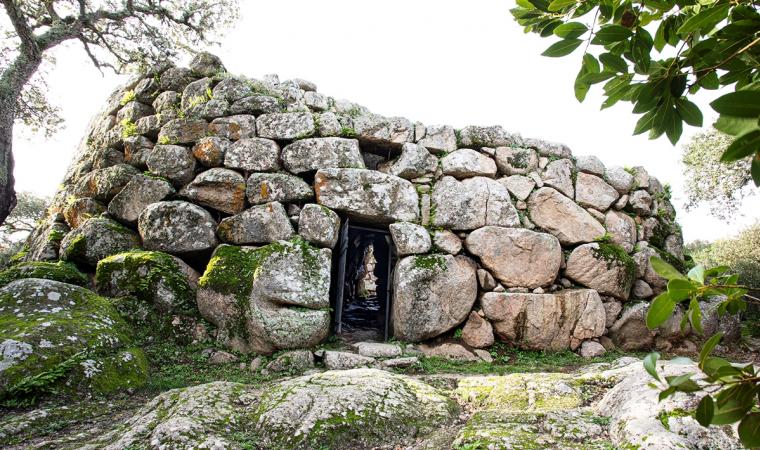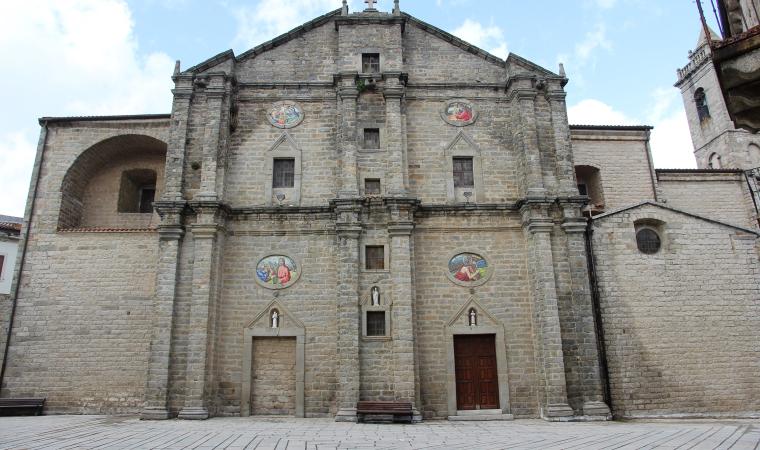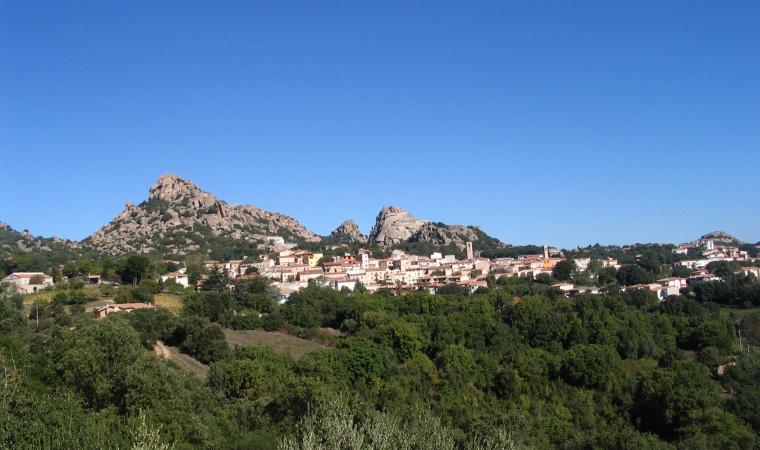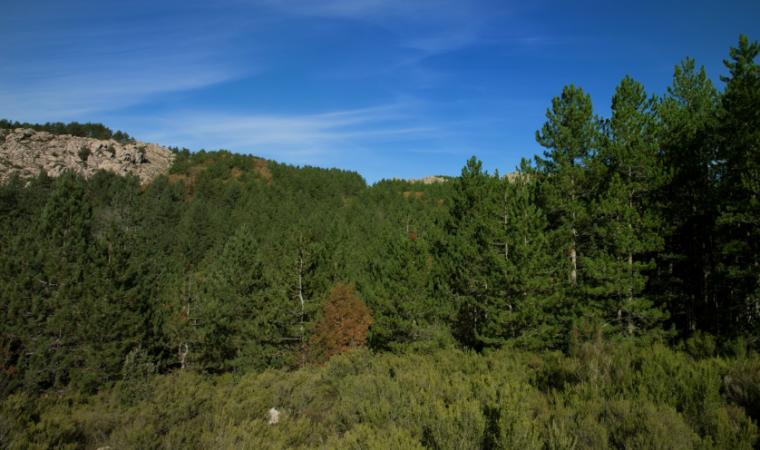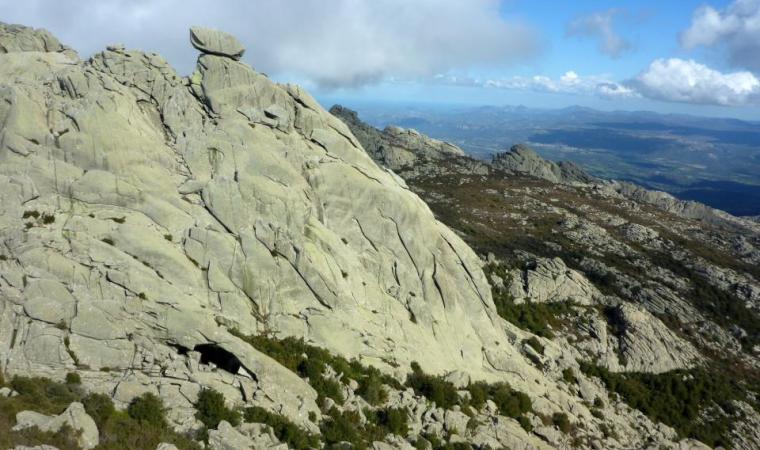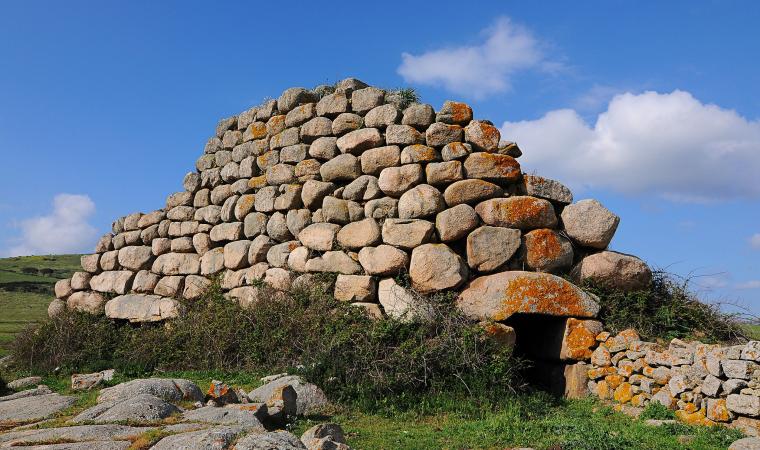Luras is the home of the dolmen: of an original 78, four of the remaining intact examples on the island are here. This town of 2500 inhabitants is set 500 metres above sea level on a granite bedrock to the far north-eastern side of Mount Limbara. Despite being well within the Gallura region, locals speak the Logudorese dialect. There are two theories about the town's origins: founded as an Etruscan colony, or by the Jews deported by Emperor Tiberius (19 AD). From the Middle Ages to the 18th century it was known as Villa Lauras, and it reached peak splendour in the mid-19th century, thanks to trade, agriculture and sheep-farming. Today, the economy is based on agriculture and craft trades, in particular cork, granite and the production of vermentino and nebiolo wine.
The area has been inhabited since prehistoric times. The Bronze Age left the remains of six nuraghes, while the four dolmens (or allée couverte) found near the town date from the pre-nuraghic period, 3500-2700 BC, and can be compared to similar Basque, Catalan, French, Corsican and Balearic Island collective burials (and places of worship). The townsfolk called them sepulteras de zigantes or de paladinos, in the belief that the enormous rocks used to build them could not have been brought by "normal" men, but only by giants. The Ladas dolmen is a tunnel six metres long and two metres high, covered by slabs and with an apse. The stone at the back has a surface area of 15 square metres. The Ciuledda dolmen is similar but on a reduced scale and with a semi-circular layout, while the Alzoledda and Billella ones are rectangular, with a trapezoidal chamber.
In the middle of the town is the parish church of Nostra Signora del Rosario (18th century), which holds three valuable paintings: the Vergine del Rosario (17th century), Pentecoste (1874) and Anime Purganti (1927), as well as two marble lions. Opposite the parish church, is the small church of Santa Croce (1677), where the brotherhood responsible for the Holy Week rites and the living nativity scene in traditional costume at Christmas is based. Next to it is the home of artist Tonino Forteleoni, where his works in cork are on display. Nearby, a typical granite home hosts the Galluras museum, an expression of ancient local culture: 5000 remains from the 15th to 20th century are on display, including the macabre hammer used by s'accabadora for ante litteram euthanasia. The town also has the churches of San Pietro (17th century) and Purgatorio (18th century). Rural churches include San Bartolomeo di Karana, which is next to the s'ozzastru, a wild olive tree that has a circumference of 12 metres, and which is estimated to be more than 3000 years old, making it one of the oldest in Europe. It is a natural monument and is on the list of the oldest trees in Italy. Together with "younger" trees, it overlooks the shores of Lake Liscia, whose waters reflect the surrounding granite mountains. The Trenino Verde railway passes right by this natural spectacle, stopping at Luras.

